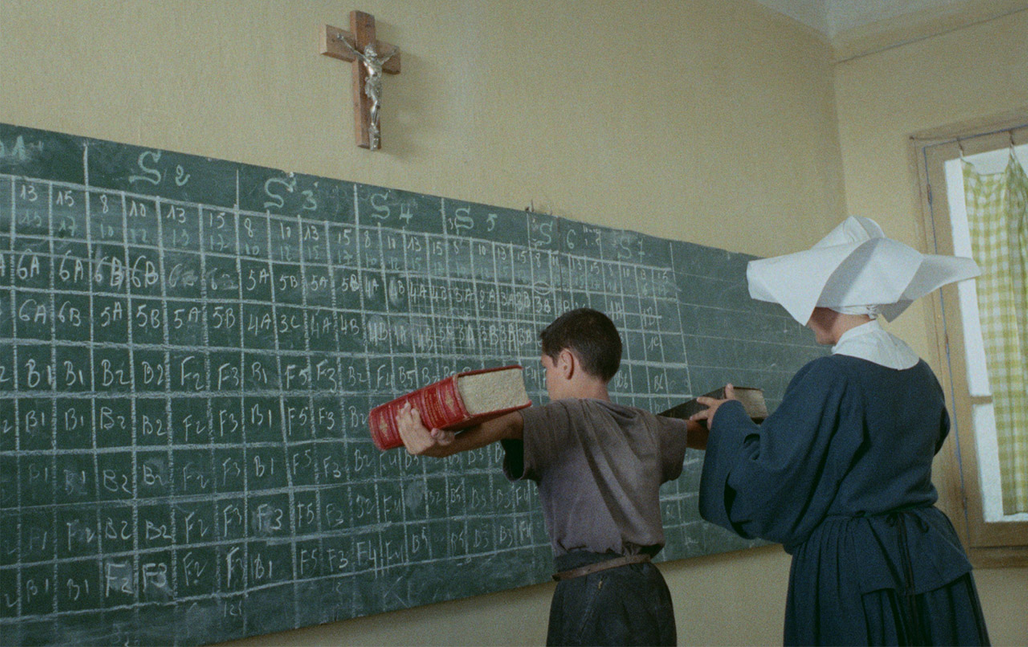
Viva la Muerte!: the horror of living under Franco, by Fernando Arrabal

In 1971, the famous Spanish dramatist and poet Fernando Arrabal made his first cinema film, Viva la muerte ! (Long Live Death), a semi-autobiographical masterpiece which conveys the horror of a child's experience of the atrocities of the Spanish Civil War. A restored version of this key film, which was revolutionary at the time and paved the way for further freedom of expression, is being presented at Cannes Classics. The film also pays tribute to Tunisia, land of jasmine, where it was shot in the village of Hergla.
Considered a "subversive pariah" by General Franco's dictatorial regime in 1970, the artist Fernando Arrabal had no choice but to shoot his first film in Tunisia, a country which also reminded him of Melilla, the Spanish enclave he comes from. He chose a Tunisian child, little Mahdi Picquart-Chaouch, to play Fando, after he came to the casting on a whim because "he wanted to spice up his boring life as a junior high school student". Arrabal was captivated by the film's set designer, the sculptor Hachemi Marzouk, and gave him a small role, as he did to the assistant director Férid Boughedir, who appears as the young, blind postman. The producer Hassene Daldoul plays the role of a torturer, which Arrabal thought was perfect casting, because he felt he was too hard on the other actors.
Claude Mauriac: “With Arrabal, there is no ulterior motive of provocation. The only scandal here is the truth. Beauty is never scandalous.”
The film's story is set in Spain, but it also includes cultural elements from its location, the tiny village of Hergla. From the hairdresser who practices "traditional healing bloodletting" on the White Father who plays Fando's grandfather, to the fishing nets braided from rushes, to the celebration of the local landscape, Tunisian elements have a strong presence in the film, right up to the sparring rams who appear in a dream.


